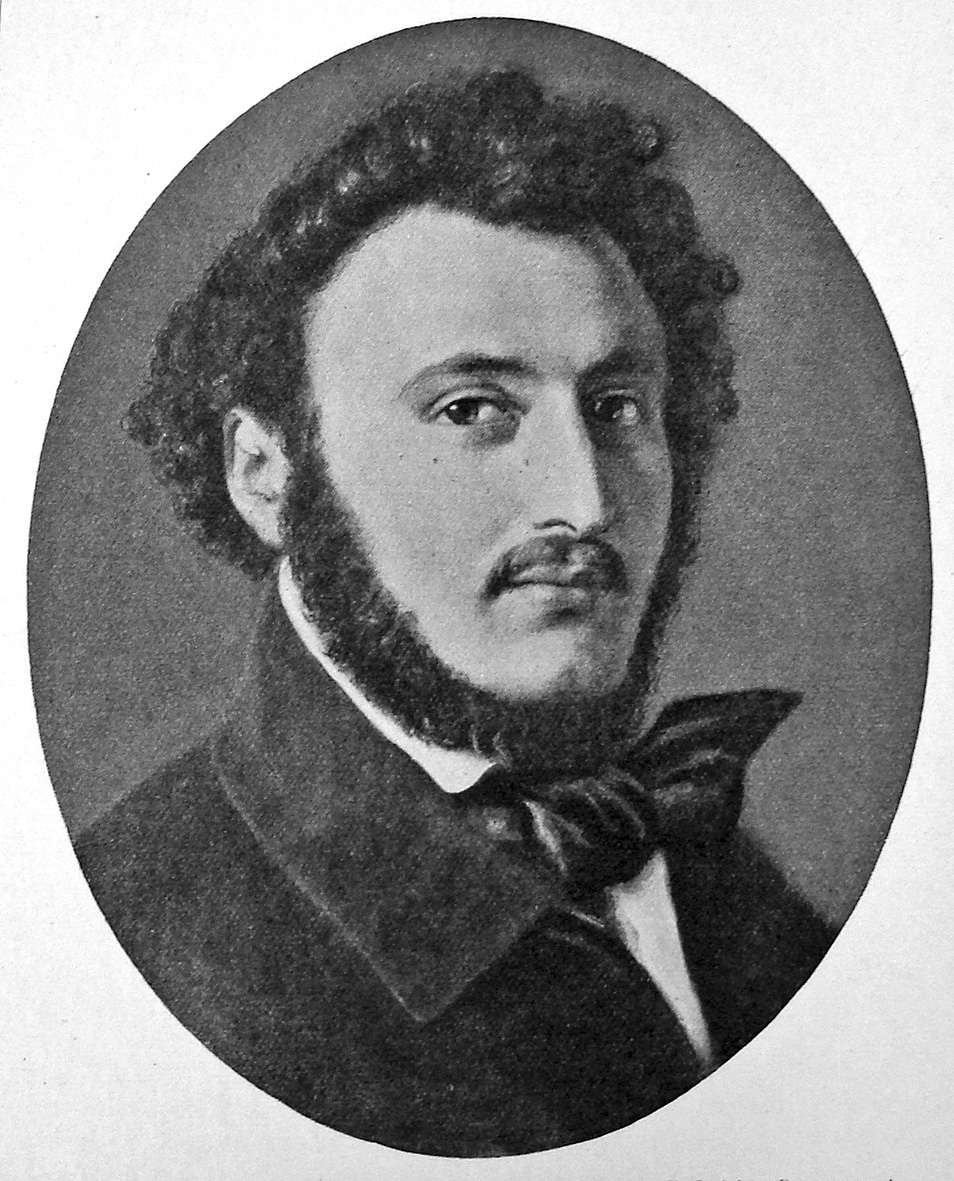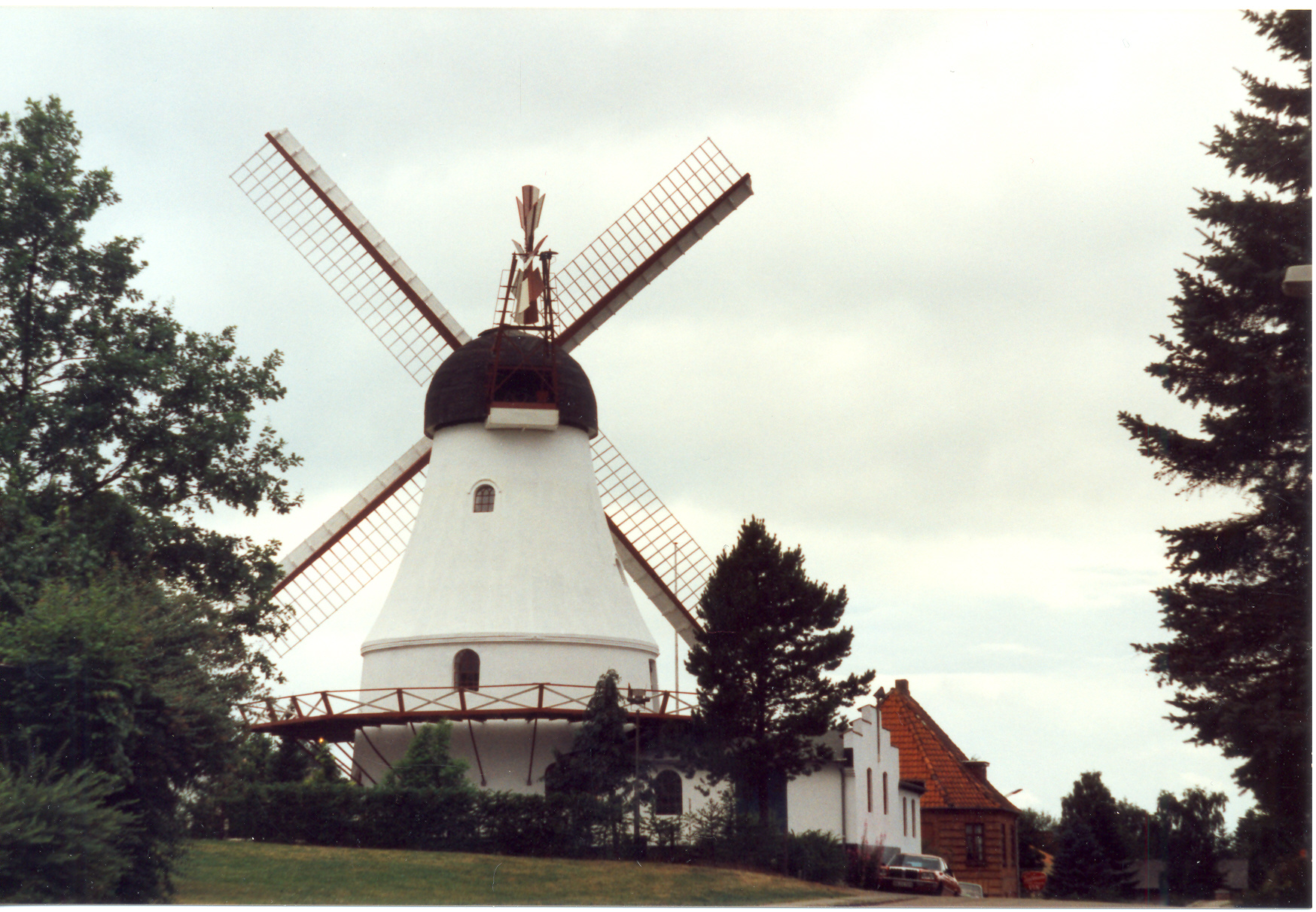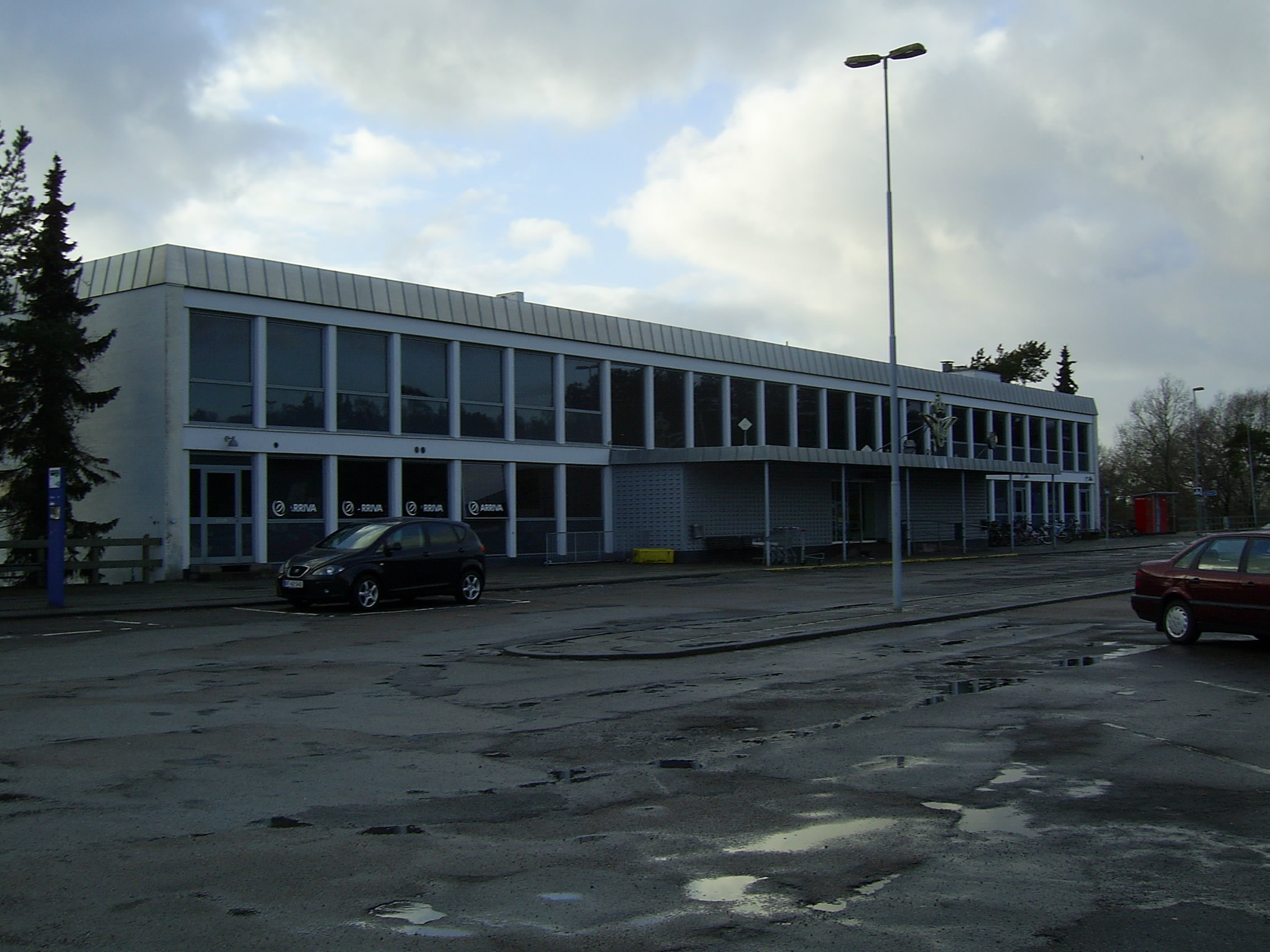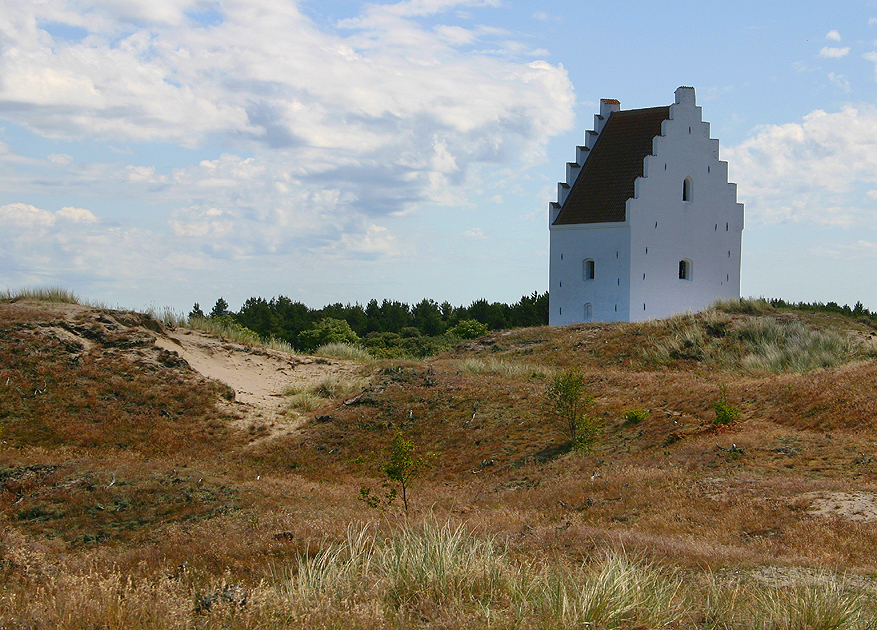|
List Of Boroughs In Denmark
The oldest commercial centers in present day Denmark was annual gatherings that eventually grew to form cities. With the establishment of a civic administration these cities received charters (typically from the king) but many of these were lost in time, so that the oldest known privileges tend to be younger than the actual date of the chartered borough. Boroughs known to have had a charter before the introduction of the first urban law of 1422:Danmarks gamle købstadslovgivning, Rosenkilde & Bagger 1951ff * Bogense (1288) * Ebeltoft (1301) * Fåborg (1251) * Haderslev (1292) * Herrested (1258 - later recalled) * Hjørring (1243) * Horsens (1317) * Kerteminde (1413) * Kolding (1321) * København (1254) * Køge (1288) * Nakskov (1266) * Nyborg (1292) * Nysted (1409) * Odense (1335) * Præstø (1403) * Randers (1302) * Ribe (1214) * Roskilde (1268) * Rudkøbing (1287) * Sakskøbing (1306) * Skagen (1413) * Skive, Denmark (1326) * Skælskør (1414) * Slagelse (1288) * Slangerup (13 ... [...More Info...] [...Related Items...] OR: [Wikipedia] [Google] [Baidu] |
Bogense
Bogense () is a town in central Denmark, located on Funen in Nordfyn municipality, Region of Southern Denmark. The town has a population of 4,059 (1 January 2022). With its half-timbered houses, narrow streets and large marina, it is a popular tourist spot in the summer. The town is connected to Odense and Middelfart via buses operated by Fynbus. The town was the seat of Bogense Municipality until the 2007 Municipal Reform, when Bogense merged into the new Nordfyn Municipality. Though it is not the largest town, Bogense became the seat of the new municipality. History Bogense was first mentioned in 1288, when king Erik Menved made it into a borough ("købstad" in Danish). The town was probably established as a trading post at the end of the 12th century. Its layout with a central main street and a number of cross streets is typical of medieval development. The town is thought to have grown up as a result of the ferry which provided a connection to Klakring in Jutland in the ... [...More Info...] [...Related Items...] OR: [Wikipedia] [Google] [Baidu] |
Ribe
Ribe () is a town in south-west Jutland, Denmark, with a population of 8,257 (2022). It is the seat of the Diocese of Ribe covering southwestern Jutland. Until 1 January 2007, Ribe was the seat of both a surrounding municipality and county. It is now part of the enlarged Esbjerg Municipality in the Region of Southern Denmark. History The town was a center of commercial activity in the early 8th century, and this may have originated with royal influence. Coins may have been struck there in 720. Whichever king was involved in the digging of the Kanhave Canal may have been involved in the establishment of Ribe also. Trade contacts were mostly with Frisia and England. Of the over 300 sceatas found in Denmark, 216 come from in or around Ribe, most of them the Wodan type, and these were likely minted in Ribe in the early eighth century. The Ancient Diocese of Ribe was established in 948 with the consecration of Leofdag of Ribe as its first bishop. Early in the ninth century a 2- ... [...More Info...] [...Related Items...] OR: [Wikipedia] [Google] [Baidu] |
Vordingborg
Vordingborg () is an old ferry town in Vordingborg Municipality in Denmark with around 18,000 inhabitants. Because of three large estates surrounding the town, a coherent urban development has not been possible, which is the reason why three satellite towns (former villages) have emerged around the town. Within the ring of estates, the town has 12,000 inhabitants, and 17,868 inhabitants when including the three satellite towns of Ørslev, Nyråd, and Stensved, situated 1, 3 and 5 kilometres, respectively, from the town of Vordingborg. Vordingborg Municipality (Kommune) has a population of 45,352. Long term head coach of the Danish national football team, Morten Olsen, was born in Vordingborg. History On 1 January 2007 the old Vordingborg municipality was, as the result of ''Kommunalreformen'' ("The Municipal Reform" of 2007), merged with Langebæk, Møn, and Præstø municipalities to form an enlarged Vordingborg municipality. Geography Vordingborg is situated 37 ... [...More Info...] [...Related Items...] OR: [Wikipedia] [Google] [Baidu] |
Vejle
Vejle () is a city in Denmark, in the southeast of the Jutland Peninsula at the head of Vejle Fjord, where the Vejle River and Grejs River and their valleys converge. It is the site of the councils of Vejle Municipality ('' kommune'') and the Region of Southern Denmark. The city has a population of 60,231 () making it the ninth largest city in Denmark. Vejle Municipality has a population of 119,007 () making it the fifth largest municipality in Denmark. The city is part of the Triangle Region, which includes the neighbouring cities of Kolding and Fredericia and it is located 110 kilometres (68 miles) north of Germany. Vejle is most known for its forested hills, fjord, harbour, shopping, pedestrian mall, and windmill. History The word "Vejle" derives from the Old Danish word ''wæthel'', meaning " ford" or "wading place" due to its location at a busy crossing over Vejle River. During Viking times, the wetlands around Vejle had to be crossed at the Ravning Bridge, a near ... [...More Info...] [...Related Items...] OR: [Wikipedia] [Google] [Baidu] |
Tønder
Tønder (; german: Tondern ) is a town in the Region of Southern Denmark. With a population of 7,505 (as of 1 January 2022), it is the main town and the administrative seat of the Tønder Municipality. History The first mention of Tønder might have been in the mid-12th century, when the Arab geographer Muhammad al-Idrisi mentioned the landmark ''Tu(r)ndira'', which might have been a reference to either Tønder, or the nearby town of Møgeltønder. Tønder was granted port privileges by the Hanseatic League in 1243, making it Denmark's oldest privileged market town. In 1532 it was hit by severe floods, with water levels reaching 1.8 m in St Laurent's church, 5.3 m above sea level. In the 1550s, Tønder's port lost direct access to the sea due to dykes being built to the west of town at the direction of Duke Hans the Elder of Schleswig-Holstein-Haderslev, the son of Frederick I of Denmark. The town centre is dominated by houses from the late 17th and early 18th century, whe ... [...More Info...] [...Related Items...] OR: [Wikipedia] [Google] [Baidu] |
Svendborg
Svendborg () is a town on the island of Funen in south-central Denmark, and the seat of Svendborg Municipality. With a population of 27,300 (1 January 2022), Svendborg is Funen's second largest city.BY3: Population 1st January by urban areas, area and population density The Mobile Statbank from In 2000 Svendborg was declared "Town of the year" in Denmark, and in 2003 it celebrated its 750th anniversary as a . By road, Svendborg is located southwest of |
Stubbekøbing
Stubbekøbing () is a town with a population of 2,268 (1 January 2022) The Mobile Statbank from in in on the northeastern coast of the island of |
Slangerup
Slangerup is a town in Frederikssund Municipality, about 30 km north-west of central Copenhagen, in the Capital Region of Denmark. The town of Slangerup The town was established by the Viking Slangir at the time of Harald Bluetooth. King Eric I of Denmark (ca. 1070-July 1103), was born in Slangerup. In the 13th century the town was the scene of activities involving both Bishop Absalon and Valdemar the Great. Thomas Kingo grew up and was priest in the town during the 17th century. The municipality of Slangerup Until 1 January 2007, Slangerup was also a municipality covering an area of 46 km² with a total population of 9,237 (2005). Slangerup Municipality ceased as a result of the 2007 Municipal Reform (''Kommunalreformen''), being merged into Frederikssund municipality along with Jægerspris and Skibby municipalities. This created a municipality with an area of 260 km² and a total population of ca. 44,140. Sport Slangerup Speedway Klub is situated on the west ... [...More Info...] [...Related Items...] OR: [Wikipedia] [Google] [Baidu] |
Slagelse
Slagelse () is a town on Zealand, Denmark. The town is the seat of Slagelse Municipality, and is the biggest town of the municipality. It is located 15 km east of Korsør, 16 km north-east of Skælskør, 33 km south-east of Kalundborg and 14 km west of Sorø. History Slagelse has been inhabited since at least the Viking Age, where it was a Pagan site. Trelleborg, a ring castle, was built near the current location of Slagelse in 980, which made the location strategically important. A church was built at Slagelse's current location in the 1000s. Around this time, coins were minted in Slagelse. Antvorskov was built in the 1100s by Valdemar I, who had recently acquired Zealand. He built the monastery in an attempt to gain control and favor with the locals. The monastery was used by the Knights Hospitaller. Slagelse was granted the status of a market town in 1288 by Eric V. This gave the town a series of privileges, though eventually put it in competition with the neighbor ... [...More Info...] [...Related Items...] OR: [Wikipedia] [Google] [Baidu] |
Skælskør
Skælskør () is a town in Zealand, Denmark. It is located in Slagelse Municipality. Until 2007 Skælskør was the seat of Skælskør Municipality. The town is located 17 km southwest of Slagelse and 12 km southeast of Korsør. Skælskør is home to one of Denmark's largest breweries, the Harboe Brewery. History Historically Skælskør was a harbour for traffic between Zealand and Funen, but Korsør took over when the harbour there was settled. Skælskør Fjord is difficult to navigate, and was one of the last waters in Denmark that legally required a pilot on recreational boats. Saint Nicholas Church Saint Nicholas Church (Danish: ''Sankt Nicolai Kirke''), also known as Skælskør Church, is located centrally in Skælskør. The earliest parts of the church were built in the beginning of the 1200s, with later extensions all built before the 1500s. The altarpiece is from 1475. The altarpiece depicts the apostles and Jesus' crucifixion. The chalice is from 1729. The ... [...More Info...] [...Related Items...] OR: [Wikipedia] [Google] [Baidu] |
Skive, Denmark
Skive is a town in Skive municipality (Danish, ''Skive Kommune'') in Region Midtjylland at the base of Salling Peninsula, a part of the larger Jutland peninsula in northwest Denmark. It is the municipality's main town and the site of its municipal council. The town of Skive is located at the mouth of the Karup River (''Karup Å'') and the Skive Fjord, part of the Limfjord. Skive has a population of 20,190 (1 January 2022).BY3: Population 1. January by urban areas, area and population density The Mobile Statbank from The sociologist |
Skagen
Skagen () is Denmark's northernmost town, on the east coast of the Skagen Odde peninsula in the far north of Jutland, part of Frederikshavn Municipality in Nordjylland, north of Frederikshavn and northeast of Aalborg. The Port of Skagen is Denmark's main fishing port and it also has a thriving tourist industry, attracting 2 million people annually. The name was applied originally to the peninsula but it now also refers to the town. The settlement began during the Middle Ages as a fishing village, renowned for its herring industry. Thanks to its seascapes, fishermen and evening light, towards the end of the 19th century it became popular with a group of impressionist artists now known as the Skagen Painters. In 1879, the Skagen Fishermen's Association was established with the purpose of facilitating the local fishing industry through the Skagensbanen railway, which opened as a narrow-gauged railway in 1890. The modern port of Skagen opened on 20 November 1907, and ... [...More Info...] [...Related Items...] OR: [Wikipedia] [Google] [Baidu] |







